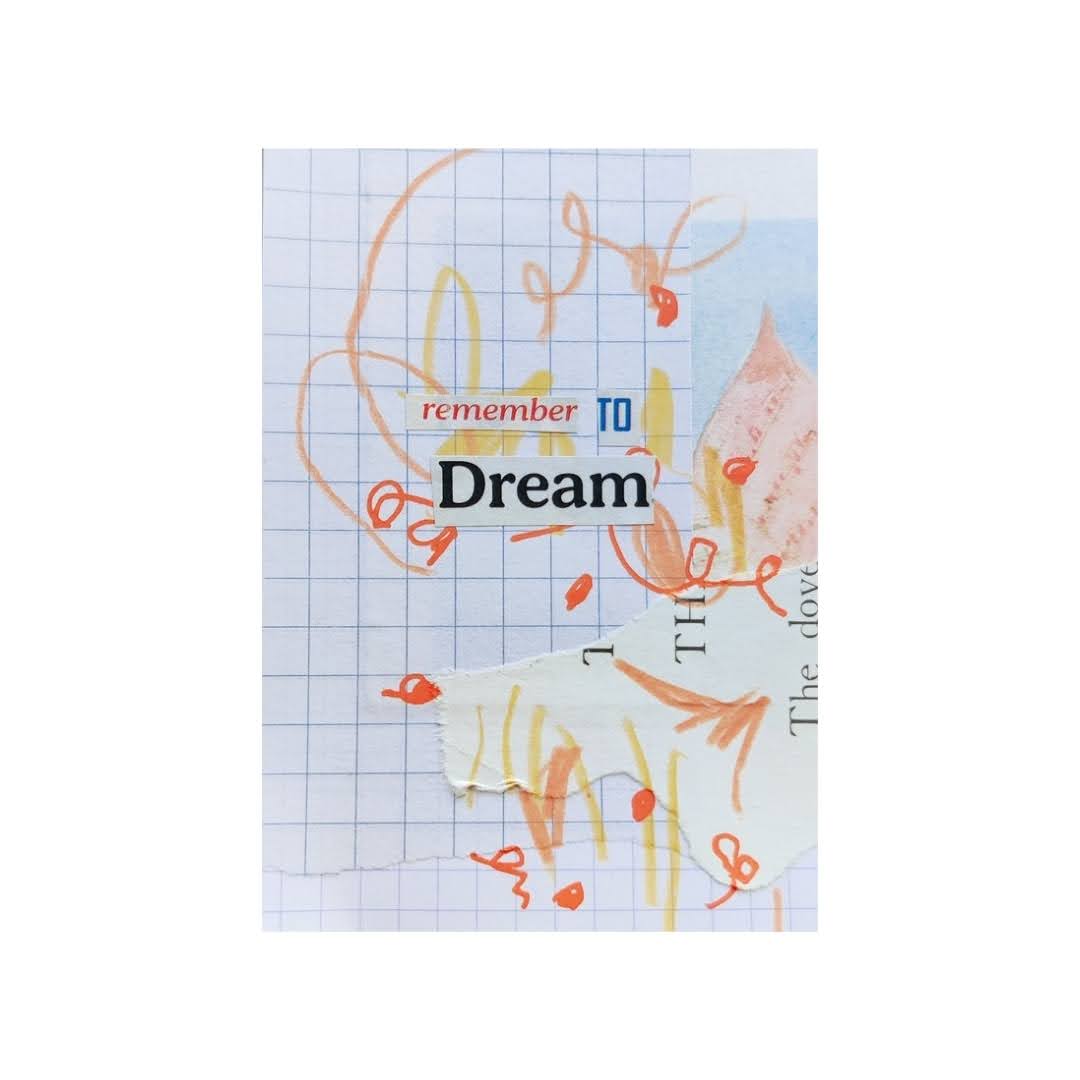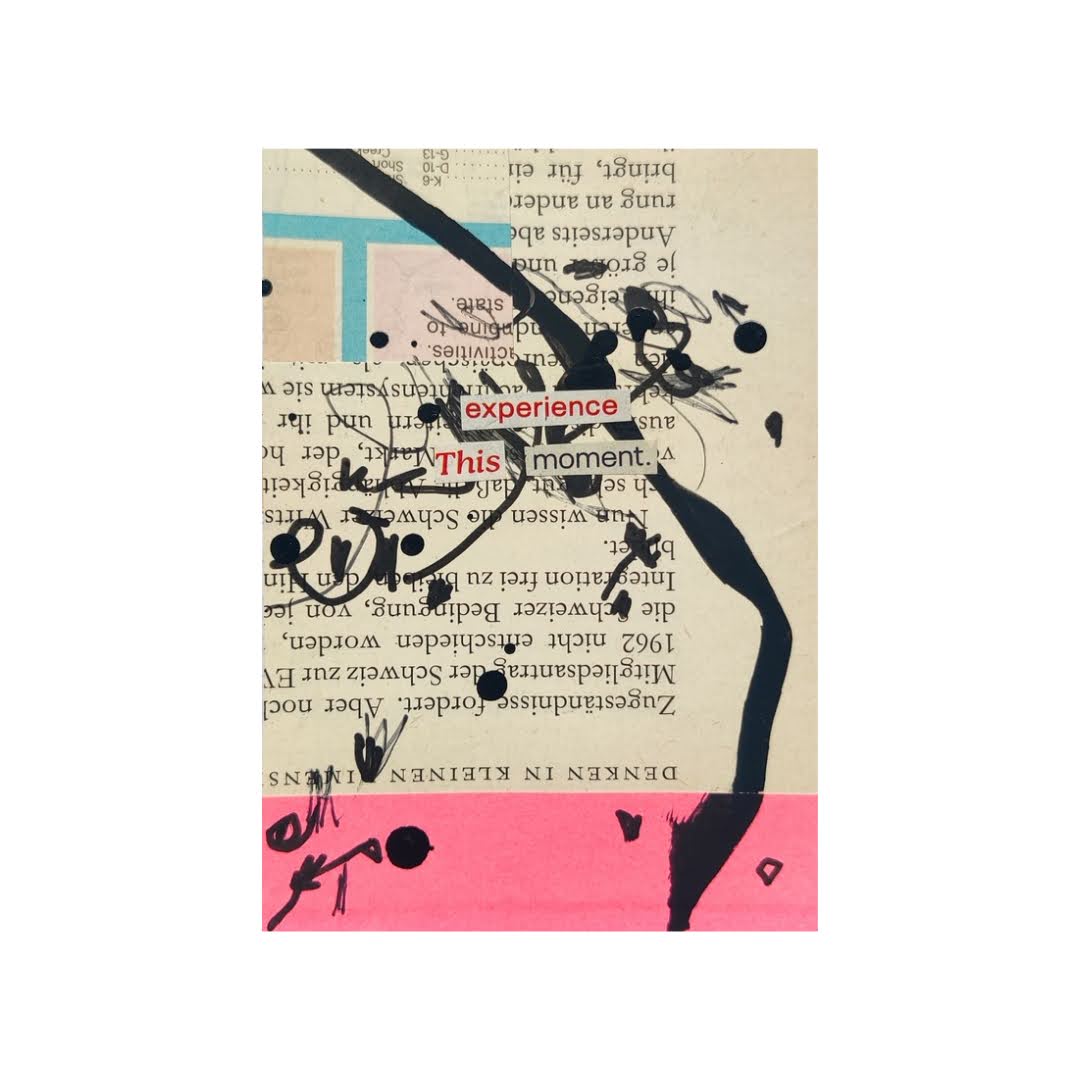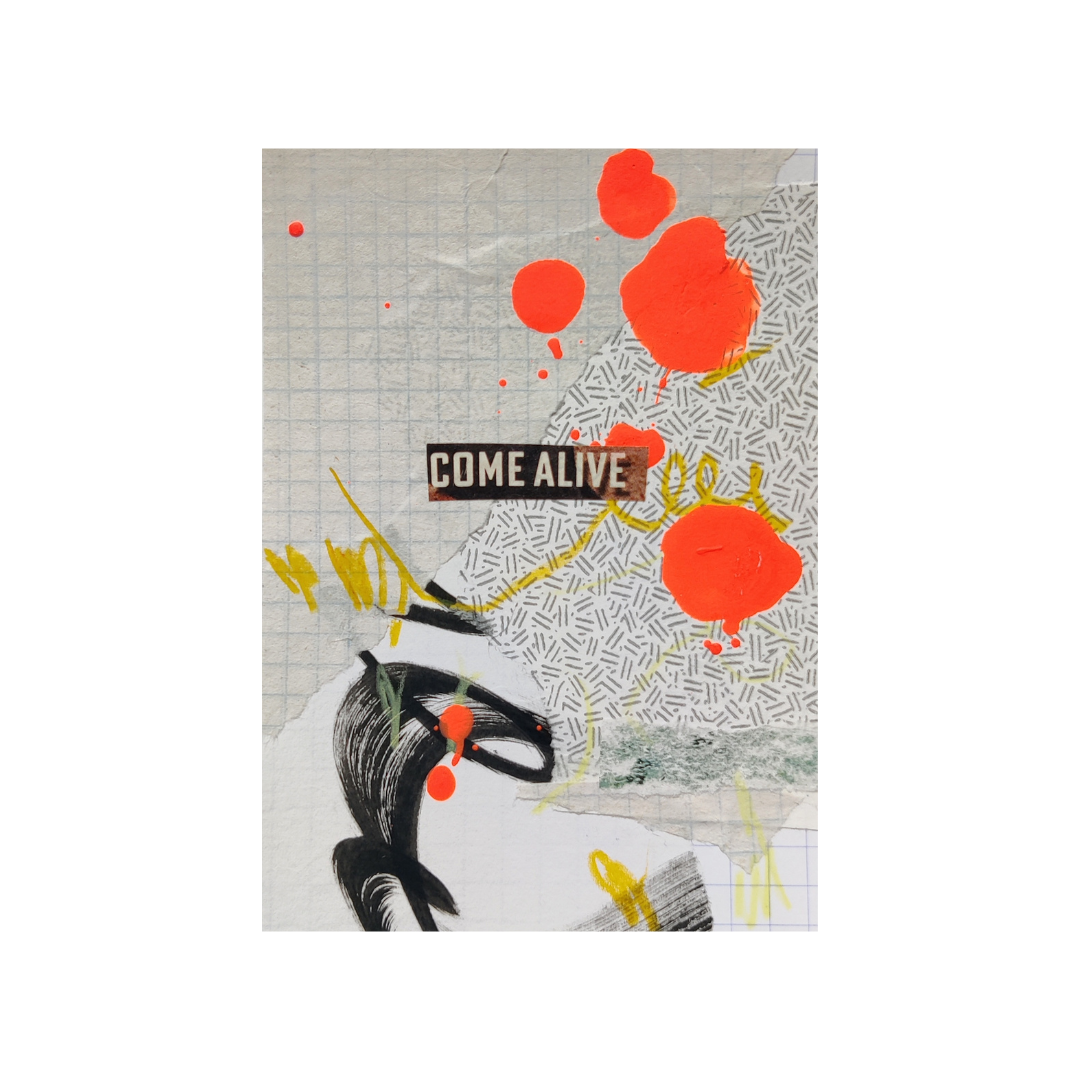This website uses cookies so that we can provide you with the best user experience possible. Cookie information is stored in your browser and performs functions such as recognising you when you return to our website and helping our team to understand which sections of the website you find most interesting and useful.
Author: Ingrid Murray
-

ICAD 2024: Week 4
•
The Index Card a Day (ICAD) project challenges participants to create 61 collaged or painted index cards from June 1–July 31 annually. Learn more about ICAD here. See other 2024 ICAD cards.See ICAD cards from other years.
-

ICAD 2024: Week 3
•
The Index Card a Day (ICAD) project challenges participants to create 61 collaged or painted index cards from June 1–July 31 annually. Learn more about ICAD here. See other 2024 ICAD cards.See ICAD cards from other years.
-

ICAD 2024: Week 2
•
The Index Card a Day (ICAD) project challenges participants to create 61 collaged or painted index cards from June 1–July 31 annually. Learn more about ICAD here. See other 2024 ICAD cards.See ICAD cards from other years.
-

ICAD 2024: Week 1
•
Each year, Tammy Garcia of Daisy Yellow hosts the Index Card a Day (ICAD) challenge. From June 1-July 31, you’re invited to create 61 pieces of art on index cards. There are very few rules, but if you find guidelines helpful, you can find weekly prompts and themes on Instagram and…
-

Process Over Outcome
•
Last week, I went to a dress rehearsal for Enno Poppe’s musical composition Strom. The piece sounded like an orchestra tuning its strings, or a child’s first concert: discordant, uncomfortable, and strange. (Listen to a small sample of it here.) Poppe created the piece by stretching single intervals — the…

